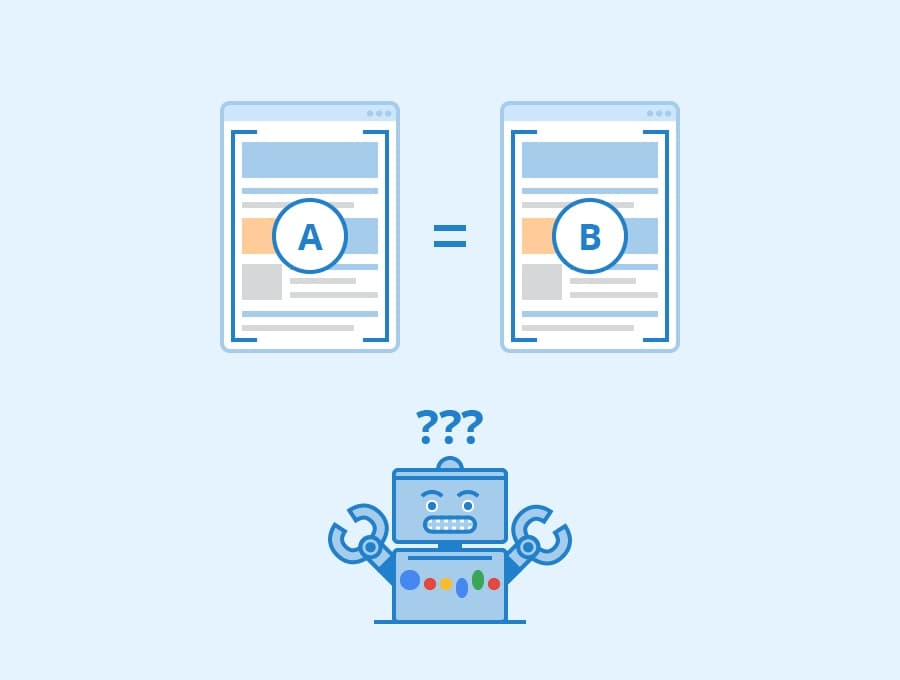The Importance of Checking for Duplicate Content
Duplicate content is when the same content appears on more than one website. This can range from exact copies to content that contains chunks of copied text.
Search engines don’t like duplicate content and often filter it out to ensure that the most relevant page is ranked on their SERPs.
1. Duplicate Content is Not Good for SEO
It is a problem when the exact copy appears on multiple pages, so better master how to check duplicate content. This can happen with a company’s blog posts or product descriptions.
Whether it’s due to technical issues, such as session IDs, duplicate printer-friendly pages, or pagination, the same content can end up on multiple pages of your website.
While most duplicate content is not intentional, it can still cause problems for your site’s SEO. This is because search engines have a hard time determining which version of the content is more relevant to a particular search query.
This can lead to problems, including lower rankings for your site’s pages and less-than-desirable user experiences. That’s why it’s so important to check for duplicate content regularly. This can also help you identify any potential issues with your site before they impact your rankings.
2. It Isn’t Suitable for Your Users
Having duplicate content isn’t suitable for your users and can be bad for your SEO. It doesn’t give your users any new information, which means they’ll click away from your site, raising your bounce rate and sending your search engines a signal that your content isn’t helpful or authoritative.
It can happen for a variety of reasons. It can result from technical issues with your website or caused by other websites that copy your content without crediting you or linking back to you.
Another common source of duplicate content is scrapers who republish your blog posts on their sites. This can also happen for product information pages, as manufacturers often use the exact text on multiple e-commerce sites.
Using these tools will let you know if your content is stolen, and if so, it will help you resolve the issue quickly.

3. May Affect the Site’s Reputation
When Google evaluators see duplicate content, it makes your site look thin. That isn’t good for SEO – and it can also make your website look less valuable in the eyes of real users.
It can be created intentionally by others or by technical issues affecting your site’s overall structure. It can also happen accidentally by websites that use boilerplate text, such as e-commerce product listings or canned postings for discussion forums.
In extreme cases, content duplication can be used to manipulate rankings and deceive search engines. When that happens, Google can respond by lowering the site’s ranking and penalizing it.
Fortunately, some tools can help you check for duplicate content on your site. The most popular ones include Copyleaks, Small seo tools, Grammarly, and Plagiarism check.
4. May Affect the Rankings
It is when the same information appears on multiple sites or across different domains. This can happen for any content, from blog posts to product descriptions.
For instance, if you have a listicle with several items that overlap, it’s not uncommon for a competitor to steal and use your content on their website. Or, if you have a geo-targeted landing page for a specific city or state, it can be easy for someone to create a duplicate page for the exact location.
While it’s not a penalty, having too much duplicate content on your site can hurt your rankings. Search engines can’t decide which version of your content to serve to searchers. And if one of the duplicates is more relevant, it could outrank the original.
